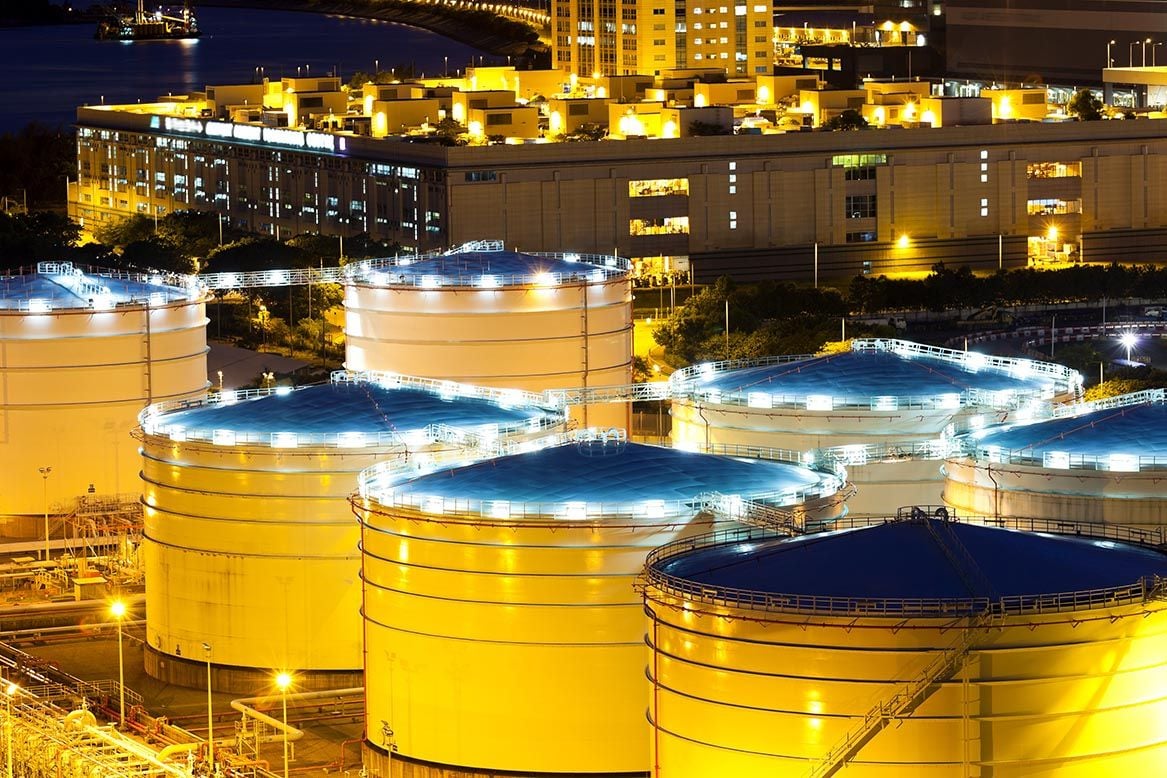Crude Oil Price Bounces, but this is not the Start of a New Trend says Bloomberg’s Wallace

Image © Jess Yu, Adobe Images
- Oil prices in fourth successive day of gains
- But stockpile uncertainty tipped to keep commodity weak
- FX most at risk of oil price developments are INR, CAD, JPY, EUR and RUB
WTI crude oil is trading at $48 a barrel at the time of writing, marking the fourth successive day of gains following news OPEC has made good on its promise to cut supply.
Brent crude is meanwhile priced at 57.17 with gains being sparked by a January 01 report carried by Bloomberg that crude exports from Saudi Arabia had fallen half-million barrels to 7.253m bpd in December, thanks to deliberate squeezes applied by the Kingdom.
After the news the price of WTI bounced to a high of 47.45 more than five dollars a barrel higher than the Christmas Eve 2018, 42.40 lows.
The big question for oil is whether this bounce is likely to represent a reversal back into a more bullish longer-term phase after a long-term low, or whether it is just a kind of ‘dead cat’ bounce.
If oil carries on rising it could help support oil sensitive currencies such as the Rouble and the Canadian Dollar and devalue currencies which overly rely on imported oil such as the Rupee, the Yen and the Euro.
Stuart Wallace, executive editor for energy & commodities at Bloomberg News, does not think oil’s downtrend has ended yet, and instead sees this as, “a moment of great uncertainty,” for the commodity.
Oil will only start to rally when there is a clear consensus on the delicate balance of supply and demand, and the market’s starting point for assessing this is usually US API and EIA inventory data. The bigger the drawdown, the greater demand versus supply, and vice versa for inventory gains.
“We have a lack of visibility over what is going to happen stockpiles,” says Wallace. “Saudi Arabia is clearly trying to to get the US stockpile number down because it is by far the most visible of all global stockpiles and that is where you go first if you want the market to at least buy into the idea that you are trying to control the market.”
Wallace lists a host of other variables likely to impact on the price of oil and increase uncertainty over the next few months.
“During that interim period you are going to have all sorts of variables, like the trade war, like slower economic growth, like the White House and whether President Trump is going to tweet for lower oil prices every 24 hours..” says Wallace.
Slower economic growth is seen as a major headwind for the commodity. Recent poor manufacturing data from China, for example, had a negative effect on the oil price since Chinese factories are a major consumer of crude.
The market is still predominantly bearish oil based on data from the commodity futures exchanges.
“We have seen people come over the long side and cut their shorts on Brent, but you could hardly call it a conviction trade,” says Wallace.
A lot of big money funds have now left the oil market, because of its “unbearable volatility” says Wallace with only one major hedge fund still trading it.
More broadly the market appears to be bifurcated in its view between a short-term bearish and longer-term bullish outlook based on oil’s propensity to rise in the later stages of the business cycle - a view endorsed by Goldman Sachs.
Oil’s late-cycle behaviour comes from the thinking that after a long period of subdued oil prices oil company investment spending (capex) tends to fall which eventually results in lower productivity and reduced supply, which in turn drives up prices longer-term.
Another possible supply constraint for oil longer-term could be from a credit crunch, says Brendan Brown, an economist at the Hudson Institute.
The US shale industry is heavily capital intensive and relies on high-yield debt markets for funding. If these debt markets were to experience a credit crunch as could be the case in a recession, it might also reduce shale oil production, which in turn would reduce world oil supply and potentially lead to a bounce in price.
From an FX perspective the major currencies most sensitive to oil prices are the Indian Rupee, which is negatively correlated to oil since India has to import so much of the commodity; the Russian Rouble which is positively correlated since it is a major producer.
The Canadian Dollar is also heavily dependent on crude prices as oil sand extracts are a key foreign currency earner for the country.



